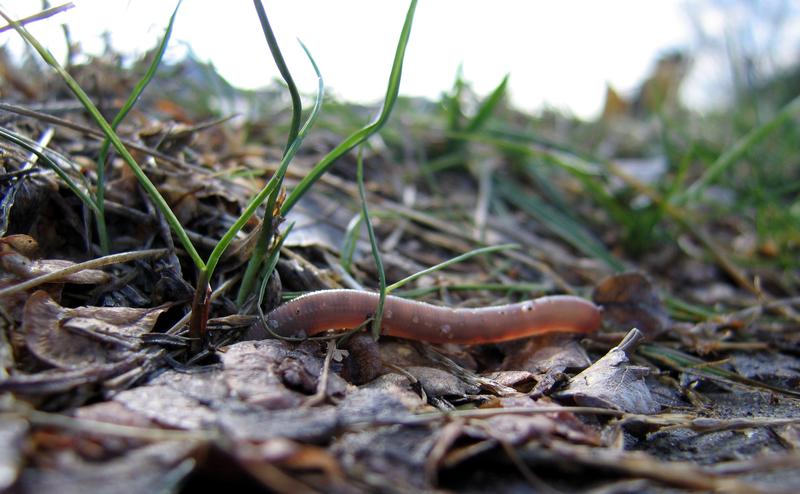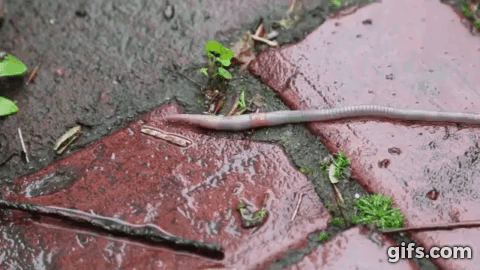
This story starts about 20,000 years ago, when the last ice age stretched across this region. Animals, plants and insects were wiped out, or forced to flee south. After the glaciers retreated, many species returned north. The forests regrew, and leaves accumulated on the ground. In the warm damp beneath, seeds could germinate, protected from predators and extreme weather.
But one of the species that did not come back was the earthworm. It moved too slowly to reach this far north. It was only when Europeans arrived in the 16th Century that worms were re-introduced: they were buried in the soil that ships used as ballast and was then dumped ashore. Later, Asian earthworms began showing up in the area, brought in through the horticultural trade.

A few decades ago, researchers studying New York City parks noticed something weird happening to that rich carpet of leaves and seeds as a result of these developments. Some areas of the parks were full of worms, and in those places, instead of leaves, the ground was bare, and covered with piles of crumbs — earthworm casts.
What's more, said Dr. Faith Kostel-Hughes, director of environmental studies at the College of New Rochelle, the tree varieties that came to depend on thick leaf litter, such as oaks and hickories, are struggling without it, while non-native plants are gaining a toehold.
The earthworms, she said, "seem to be having direct interactions with the biodiversity of the plants in these forests."
But Kostel-Hughes, who has been studying these creatures for more than a decade, says that may not be the end of the story.
"It's all a matter of timeframe when we start looking at these things" she said. "We're looking at it at this point in time and seeing that right now, they are having a significant impact."
She's hopeful that education can go along way toward minimizing the spread of the earthworms. "Most people wouldn't think twice about moving something because of what might be in the soil," she said. "Yet that's probably how so many of them have been arriving in places."

